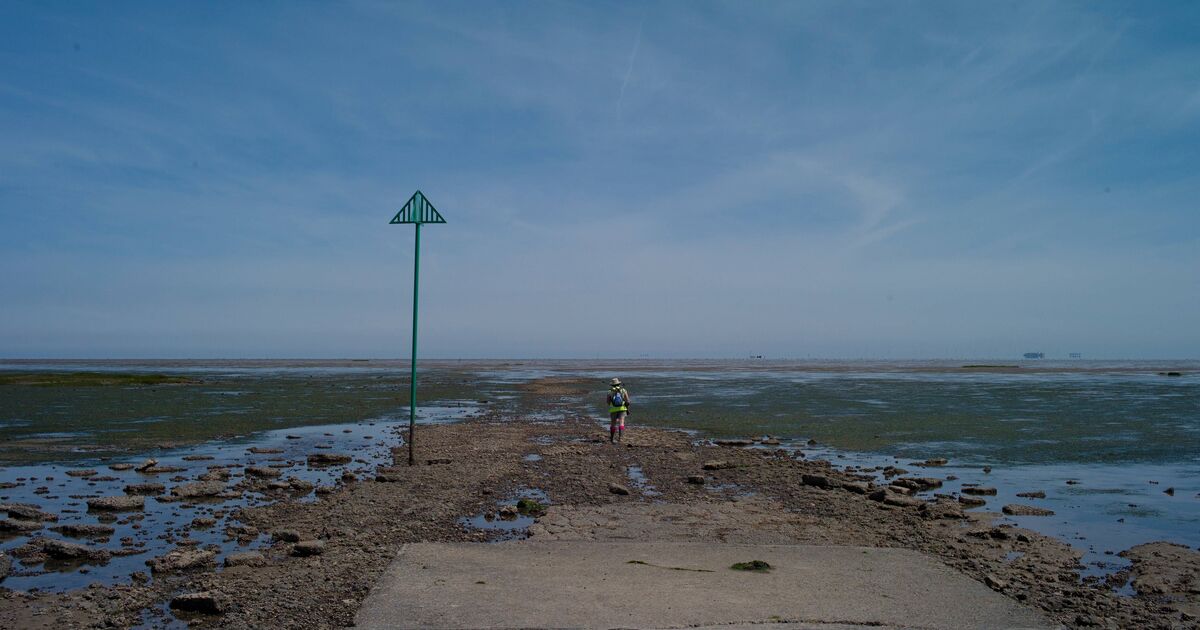

Essex boasts numerous stunning and tranquil walking routes, yet one particular trail stands out as the most treacherous - the Broomway, which is reported to have taken the lives of 100 individuals through drowning. This historic footpath, frequently referred to as "the Most Dangerous Walk in Britain", certainly isn't suitable for those lacking courage.
Dating back more than 600 years, with records from as early as 1419, the Broomway stretches for six miles across the Maplin Sands, roughly 440 yards from the current coastline. This route, believed to require a three- to four-hour trek, can only be navigated during low tide, linking Foulness Island with the Southend mainland at Wakering Stairs. Previously, several branch paths led from the main route to the coast, providing access to neighbouring farms.
The route proves exceptionally hazardous during foggy conditions, as the rising tide surges across the sands at tremendous speed, with the water creating dangerous whirlpools due to currents from the River Crouch and River Roach.
It has gained notoriety as Britain's most perilous walk due to the bewildering characteristics of its surroundings in limited visibility, and the almost certain fate of drowning for anyone remaining on the sands when the tide advances.
The route is marked with prominent "Danger Area" warnings on maps, and is reported to have claimed more than 100 lives over the past 600 years, reported EssexLive.
If you fancy yourself as something of a daredevil, the sole route to reach the island (along with its vast network of public footpaths) is by way of the tidal Broomway.
Nevertheless, you must venture out and return via the Broomway during the intertidal "low tide" period when conditions are deemed safe for passage.
Many consider it far too treacherous to guarantee complete safety even under favourable circumstances, as the tide can surge in with alarming speed. Should a rambler become disorientated whilst traversing the route, it could result in a tragic outcome.
The Broomway continues to be a public right of way and remains accessible at weekends. It is invariably advised that you venture forth with a seasoned guide who can observe and possesses understanding of the tides, alongside the kit and expertise to ensure your safe return should visibility suddenly worsen.
A volume entitled The History of Rochford Hundred, penned by Philip Benton in 1867, remarked of the Broomway: "It is extremely perilous for any stranger to attempt the passage to or from this island without a guide, but the dangers attending it have been a pleasurable excitement to many.
"Some farmers would stay to the last, and then race the tide, and swim the creeks. Some of those who have been used to the sands all their lives, have yielded up their breath, and many hairbreadth escapes are recorded."